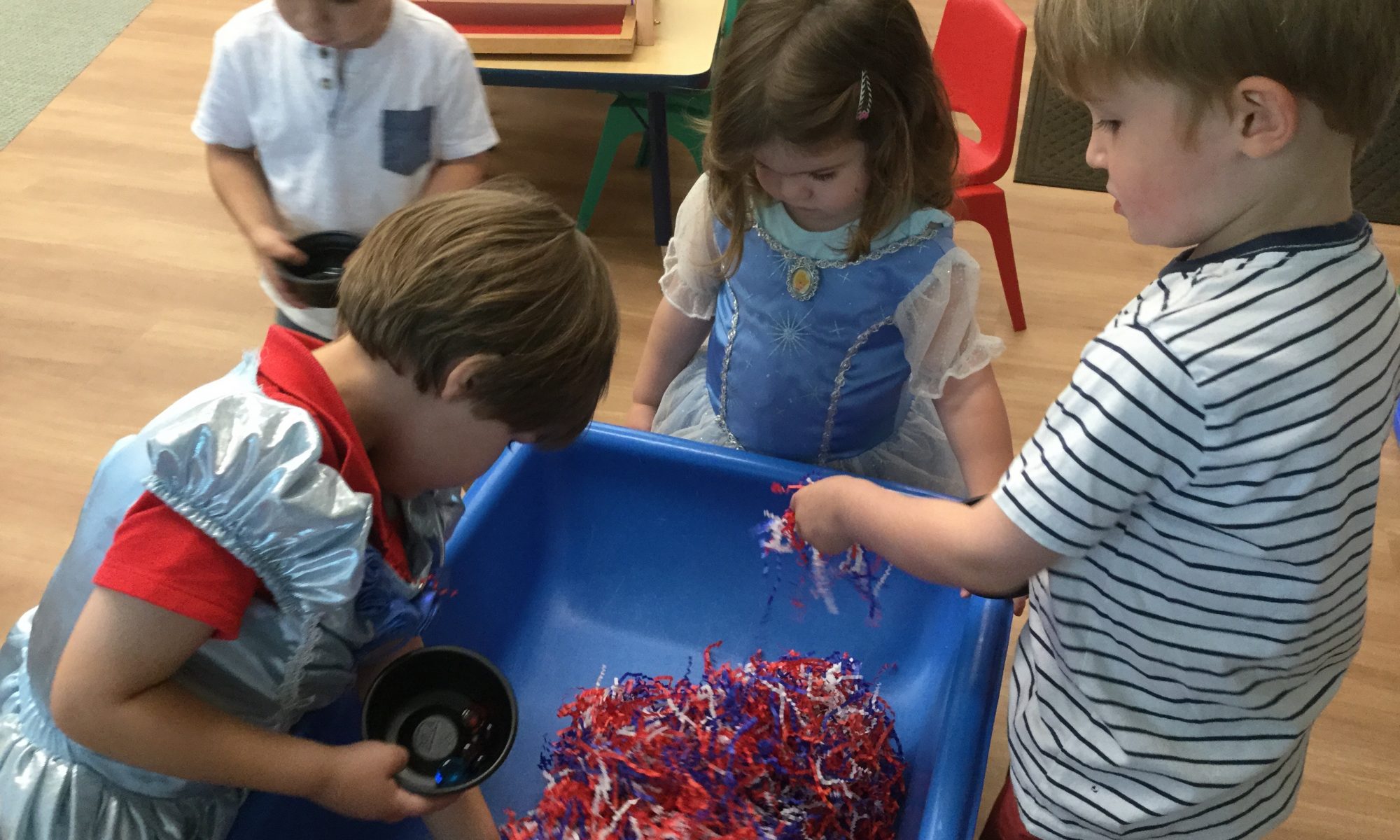By Dorothy Halverson, Director of Acorn Programs
Children and nature go together – or at least, they should. For children, the sense of freedom experienced during the unstructured play that occurs in nature creates a source of independence and inner strength. Being outside feels good. Children are free to explore, move about, and make noise, all delightful forms of self-expression that are often restricted indoors. Children are creatures of nature. They flourish in its presence simply because the trees, the sky, the mountain streams, and the ocean waves beckon them. Even the most energetic children will slow down to dig a hole in sand, watch a ladybug crawl, or spend focused time playing with a stick in a mud puddle. The plethora of activities nature offers are not laden with rules and for a moment, or for days, we get to be in awe of the natural wonders that hold so many mysteries beyond our comprehension.
The natural world is a giant, open-ended learning laboratory. Children are innate scientists and love to experience the sights, scents, sounds, and textures of the outdoors. Nature provides countless opportunities for discovery, creativity, and problem-solving, and it instills a sense of beauty and calmness. Children learn that by waiting patiently and quietly, the door opens for nature to show its secrets. It exposes us to things that are alive and growing, which promotes curiosity and exploration. With an adult as a guide, children can learn about being gentle and respecting living things.
It’s fun for children and adults to share imagination together. Spend time following your children and looking at nature through their eyes. As we put away our preconceived notions as to what we’ll see or learn, our sense of wonder will grow. There is always something new to be taken in everywhere, whether we’ve been there hundreds of times before or it’s the very first time. We will never see “sameness.” Children bring our attention closer to the ground, and as a result, often lead us to rediscover the wonders of the earth around us.
Building and digging in the dirt, watching worms wiggle through the soil, gazing up at clouds, jumping in puddles, listening to birds sing, smelling fresh-cut grass, collecting seeds, or building things with twigs and mud provide endless opportunities for discovery. Interacting with the natural world allows children to learn by doing, and experiment with ideas. All senses become engaged when children interact with nature. In the natural world, children think, question, make suppositions, and thereby develop inquisitive minds. They can play alone or connect with one another, learn to share, and problem solve.
In the natural world, children will often collaborate to make up games and rules because there are not prescribed sets of instructions. When exploring outside, school-age children may not be in close proximity to adults, which gives them the opportunity to make up their own rules and solve their own problems, without inhibition.
The youngest children also benefit in many ways from being outdoors, and they still need our supervision. Your child’s open-ended play, whether digging in the garden, running as fast as she can, or collecting wildflowers on a long walk, will be enhanced if you join in. Providing a reasonable balance of risk and safety is our job as parents. Providing some level of challenge allows children to learn the next skill.
Children all over the world play outside – a unity of shared experiences. Our children are future stewards of the earth. In order to raise adults who are passionate about protecting the environment and preserving our planet, they must first develop a deep love for it. The only way to enable children to grow comfortable in nature is to open the door and allow them to explore the wonder and awe of the natural world.

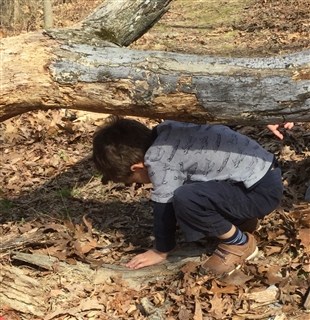
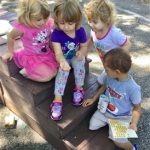

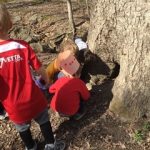


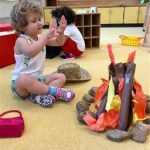
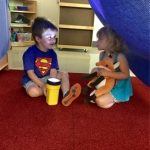

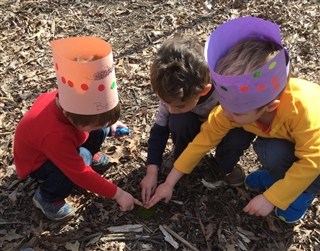
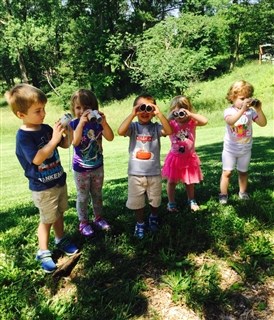
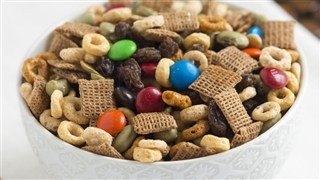
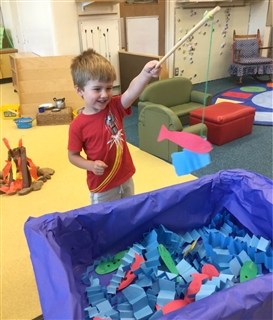

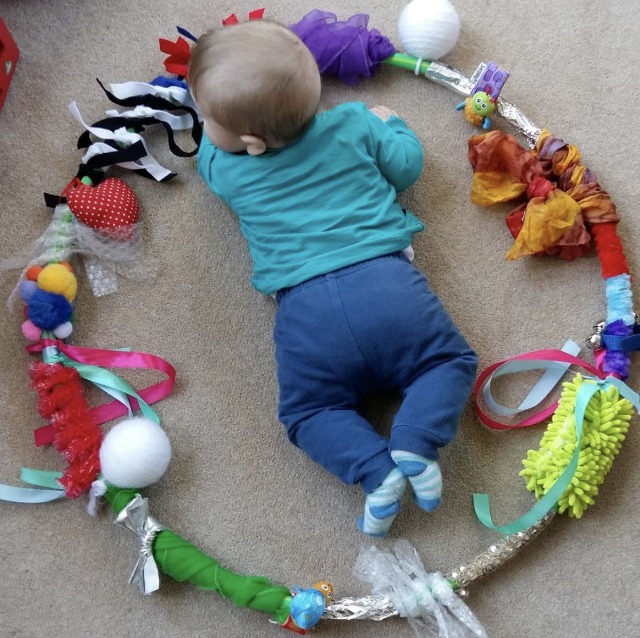
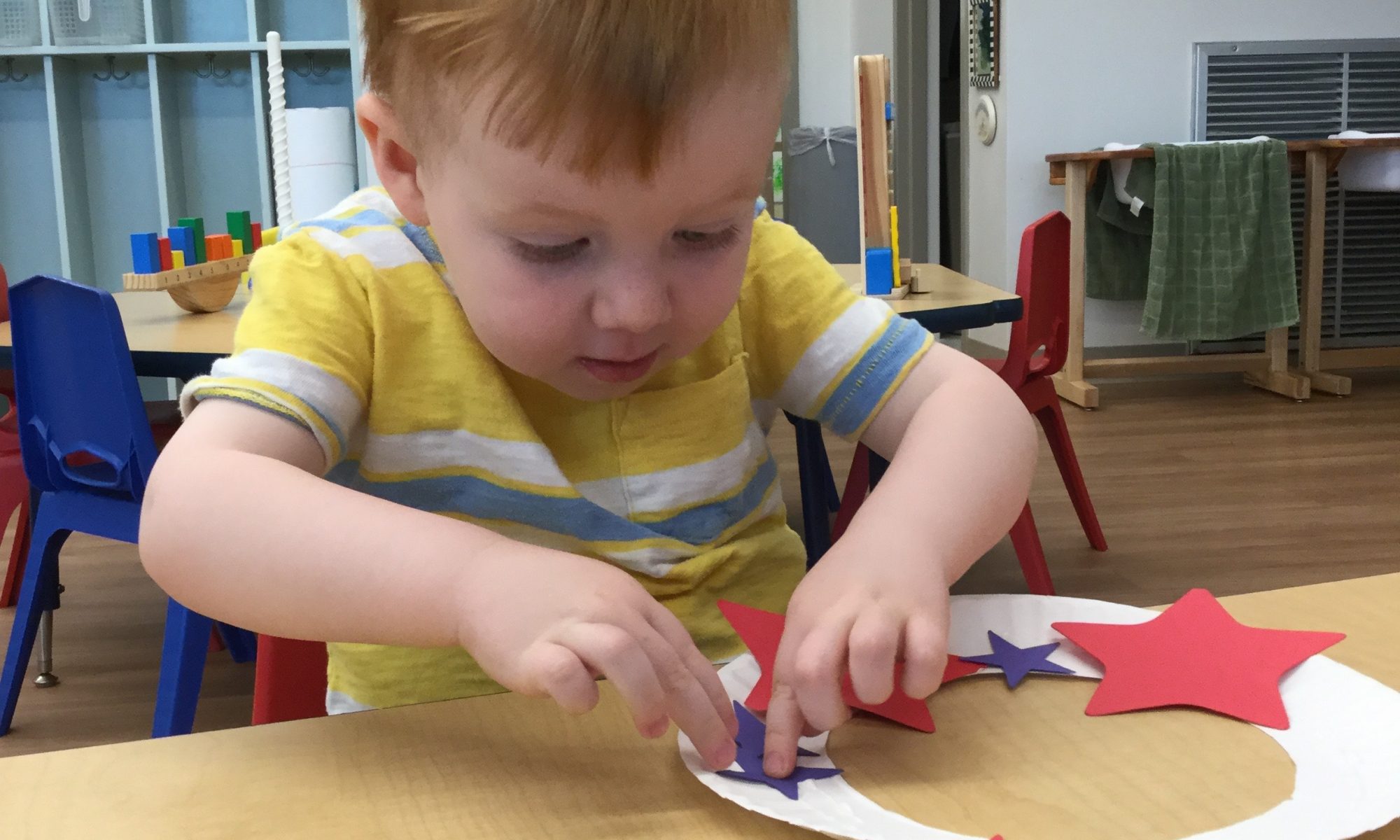
 Directions
Directions